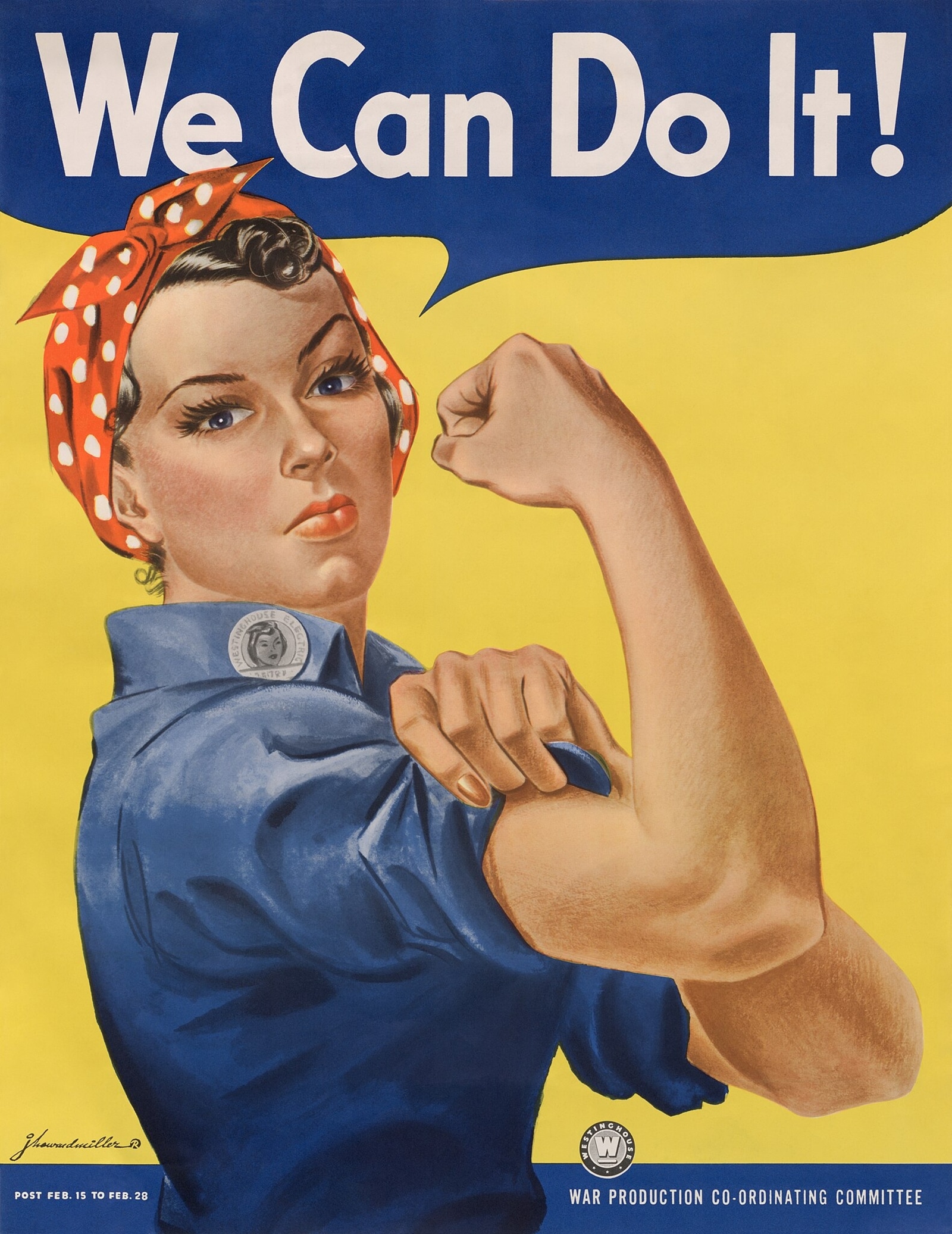Just when it seemed like fashion had exhausted every throwback trend from the Y2K era, a surprising blast from the past has crept back into the spotlight: the bandanna.
Gen Z’s newest Instagram obsession, Love Island USA, saw two contestants casually wearing triangle-folded bandannas like it was 1995, which quickly turned into a viral fashion moment. Social media lit up with comparisons to everyone from Tupac to Steve Carrel’s “Prison Mike,” and it became clear. The bandanna is officially back.
But while the recent resurgence might seem playful or nostalgic on the surface, there’s far more to this square of fabric than meets the eye. With roots in ancient Indian textile traditions, it’s enjoying a fresh wave of relevance, thanks to celebrities, stylists, and a new generation rediscovering its charm.
From Gujarat to Gucci
To call the bandanna a “trend” might actually be a disservice. Its story is far older and richer than most people realise.
“The word ‘bandanna’ actually comes from bāndhnāti, a Sanskrit term meaning ‘to tie,’” explains Dr Sadhna, Associate Professor at Woxsen University’s School of Arts and Design. “It’s directly connected to bandhani, the traditional Indian tie-dye technique still practised today.”
According to Dr Sadhna, colourful bandhani textiles from Gujarat and Rajasthan were already being traded globally by the 1600s. They featured bold patterns, often with the iconic teardrop-shaped boteh, a Persian motif we now know as paisley. These vibrant squares evolved, over time, into cultural and political symbols.
 Red bandannas symbolised labour solidarity during Appalachian miners’ strikes. Rosie the Riveter wore hers as a sign of female resilience during WWII. (Source: Wikimedia Commons)
Red bandannas symbolised labour solidarity during Appalachian miners’ strikes. Rosie the Riveter wore hers as a sign of female resilience during WWII. (Source: Wikimedia Commons)
By the 18th century, the British East India Company had introduced the bandanna to Europe. From there, it made its way into colonial America, even being used for political prints (even George Washington once had his face on one). As the decades passed, it became part of the working-class uniform: worn by miners, cowboys, and railroad workers to block dust and sweat.
Fast forward to the 20th century, and the bandanna’s identity became even more layered. Red bandannas symbolised labour solidarity during Appalachian miners’ strikes. Rosie the Riveter wore hers as a sign of female resilience during WWII. In the Caribbean and across the African diaspora, bandannas became expressions of cultural pride, especially when head coverings were once used to control or suppress identity.
Story continues below this ad
And then came the music. Jimi Hendrix in his psychedelic head wraps. Tupac in his signature front-tied red bandanna. Chicano pride. Punk rebellion. Queer codes. The bandanna had officially gone from functional to fiercely symbolic.
Modern-day icons are tying it up again
While a couple of Love Islanders may have re-lit the match, celebrities in India and beyond have been fanning the flames for a while now.
Take Alia Bhatt, for instance. At a sun-soaked destination wedding in Spain, she wore a purple bandhani bandanna that instantly turned heads. Styled by Rhea Kapoor and designed by Arpita Mehta, the look paired traditional craft with effortless cool.
Her matching mirror-embroidered choli, swirling skirt, and potli bag were stunning, but it was the scarf tied over her head that gave the outfit a punch of personality. Suddenly, every Gen Z bride’s guest list included one essential accessory: the bandanna.
Then there’s Kiara Advani, who pulled off a laid-back, boho-chic look during promotions for Bhool Bhulaiyaa 2. Dressed in a metallic crop top and printed palazzos, she tied a bandanna in the same abstract pattern as her pants, giving us a wearable, trend-forward moment that felt spontaneous but polished.
Story continues below this ad
And Neha Dhupia? She’s made the bandanna part of her signature. “When you can’t decide which scarf 🧣 to wear… it’s simple! Twist them n wear both!” she wrote on Instagram once, reminding us all that fashion rules are meant to be bent.
Even Shah Rukh Khan, Bollywood’s forever icon, has sported bandannas off-duty. On him, they feel lived-in. Relaxed. Timeless.
Maybe it’s nostalgia. Maybe it’s the comfort of a tried-and-tested accessory that feels both effortless and expressive. Or maybe, in a time when identity is more fluid and personal than ever, we’re drawn to things that carry meaning without needing explanation.
The beauty of the bandanna lies in its duality: it’s both ancient and current, rebellious and traditional, playful and political. You can wear it to a protest, a picnic, a wedding, or a workout. It fits in everywhere, and that’s what makes it timeless.
As Dr Sadhna puts it, “The bandanna has always been about more than just style. It’s about who you are and what you stand for, wrapped up in a square of cloth.”

